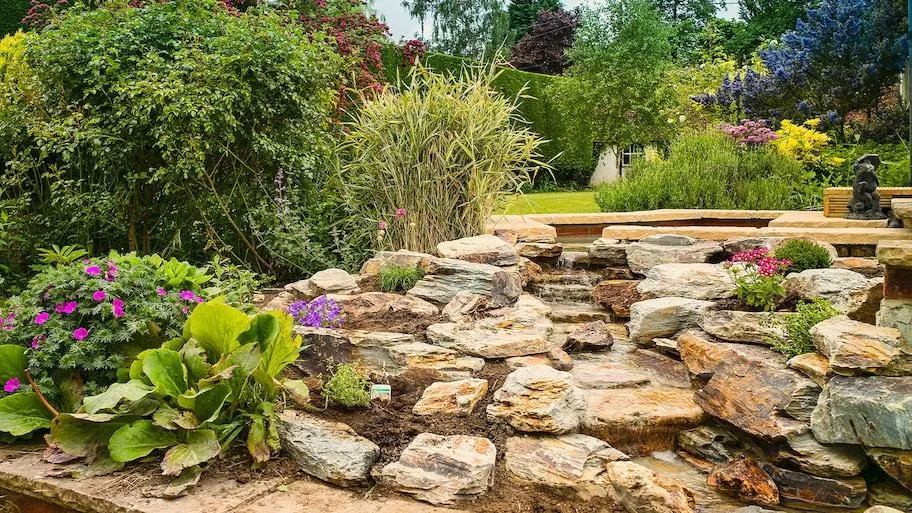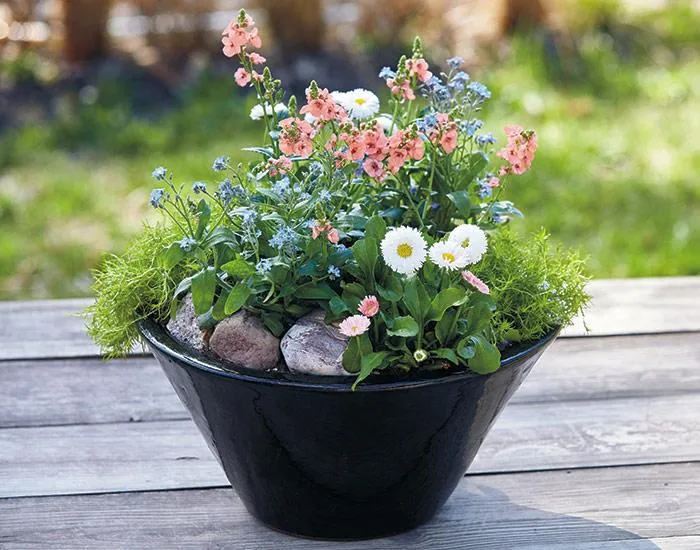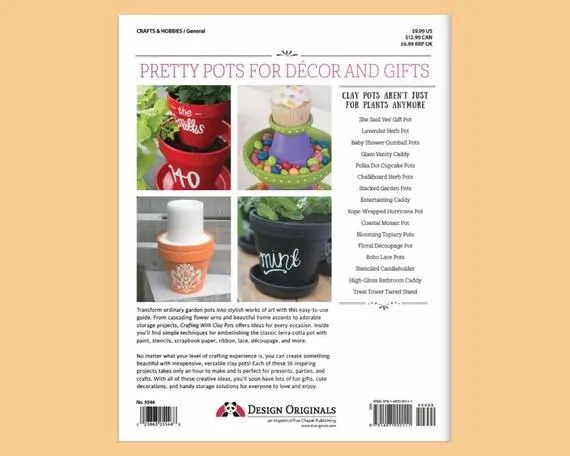Everything You Need to Know About Caring for Cascading Flower Pots
A cascading flower pot arrangement is a beautiful way to add greenery and flowers to any outdoor space. With a little know-how, you can create lovely cascades of color that will last all season long. In this article, I’ll cover the different types of cascading flower pots, what plants work best, and how to care for them properly.
What are cascading flower pots?
Cascading flower pots, sometimes called hanging baskets or trailing planters, are pots designed to hang from poles, railings, or shelves and allow plants to cascade over the sides in a flowing arrangement. They come in various shapes and sizes to suit different spaces. The pots may be round, oval, or rectangular with holes or slots along the sides or bottoms for drainage.
Popular plant types for cascades
Certain flowers, vines, and trailing plants thrive in cascading conditions. Here are some top picks:
- Petunias – With their abundant colorful blooms, petunias are a classic cascading plant. They come in many hues.
- Ivy geraniums – These have attractive foliage and flowers in shades of pink, red, white, and lavender.
- Fibrous beetroot – The delicate, string-like leaves and flowers of fibrous beetroot come in pastel tones.
- Million bells – This trailing plant produces pink, white, or red bell-shaped flowers continuously.
- Vinca – Known as periwinkle, vinca vines have dark green leaves and blue, pink, or white starry flowers.
- Creeping Jenny – A hardy groundcover, Creeping Jenny has lush green foliage and tiny pink or white flowers.
Tips for assembling your cascades
To make beautiful cascading arrangements, take the following steps:
- Start with a container – Choose a durable hanging basket, small planter, or window box.
- Add a water-retainint layer – Line the bottom with sphagnum moss or coconut coir to hold moisture.
- Fill with soil – Use a soil mix designed for containers that drains well but retains nutrients.
- Plant your selections – Start with trailing plants around the edges and add upright filler plants in the center.
- Arrange the plants artistically – Trim stems and position flowers/foliage for visual flow over sides.
- Add a hanger or chain – Make sure it’s strong enough to support the wet weight without bending.
Caring for cascading pots
With the right care, your cascading pots will continue performing all season long. Here are some tips:

- Water regularly – Check soil daily and water thoroughly when the top inch feels dry. Proper watering is crucial.
- Fertilize weekly – Use a diluted liquid bloom booster high in phosphorus and potassium to promote more blooms.
- Prune selectively – Shear off spent flowers to encourage reblooming and trim leggy growth for shape.
- Watch for pests – Check undersides of leaves for signs of bugs and treat immediately if needed.
- Provide drainage – Empty excess water from the saucer after rainfall or watering to prevent root rot.
- Attract pollinators – The nectar and pollen will draw bees, hummingbirds and butterflies to feed.
From my experience, cascading pots really liven up patios, decks, balconies or porches with their free-flowing charm. I once grew a spectacular pink and white petunia cascade that livened up my front porch – neighbors would stop to admire it daily! Proper care keeps the colors flowing all season long.
Arranging cascades artistically
With a little practice, you can train your trailing plants into beautiful natural-looking arrangements. Here are some tips:
- Start with filler plants in the center for body and fullness. Use taller varieties.
- Place trailing plants around the outer edges, letting vines drape attractively.
- Consider a mixing trailing types with different leaf textures, sizes, and flower colors.
- Train new growth outward by gently tying or twisting stems into place with floral wire.
- Position flowers upfront and center for impact, hiding bare stems behind foliage.
- Step back periodically to check balance and symmetry from all angles.
- periodically trim as needed to shape the overall cascade for visual appeal.
If possible, hang pots where cascades can flow down from several feet above. The height really makes the arrangements seem dramatic! With practice, you’ll become a cascading pro – even being able to sculpt heart shapes or other formations. Pretty cool, eh?
Dealing with challenges
No matter how well you care for cascading pots, issues may arise. Here are some common problems and solutions:
Underwatering – Signs are wilting, leaf drop. Water thoroughly when top layer feels dry. Use a moisture meter to check.

Overwatering – Leaves yellow, roots rot. Let soil dry more between waterings, provide drainage, elevate pot off ground.
Pests – See aphids, spider mites, or powdery mildew? Remove infected parts and spray with natural insecticidal soap or neem oil.
Leggy growth – Trim stems back or add plant support. You can even replace leggy plants if they get too rangy looking.
Nutrient deficiency – Leaves pale or yellow between veins. Feed every 2 weeks with complete fertilizer diluted per label instructions.
With a little TLC, cascading pots should perform beautifully all season. Isn’t it rewarding to nurture such vibrant displays?

I hope these tips help you create stunning cascading flower pots for your home or business! Feel free to experiment and have fun with different plant combos. Playing with cascading arrangements can be a delightful way to spend your time outdoors. Please let me know if you have any other questions.
Factors to Consider When Choosing Cascading Flower Pots
| Material | Drainage | Size | Style | Number of Pots |
|---|---|---|---|---|
| Ceramic, Terracotta, Concrete | Drainage holes ensure good water flow | Consider balcony/window space for placement | Traditional, Modern, Rustic looks available | 2-5 pots depending on height required |
| Plastic – lightweight for balconies | Gravel at bottom aids drainage | Tallest pot 12-18 inches for impact | Different shapes like round or square | Arrange from tallest to shortest |
| Metal – contemporary look, won’t crack | Ensure excess water can exit bottom pot | Allow room for plants to spread roots | Single or multiple plant variations | Anchor tether recommended in windy areas |
FAQ
-
What’s the best way to arrange multiple flower pots together?
Basically, you can stack flower pots of different sizes and heights to form sort of a cascading effect. Some commonly used patterns are stair-step, triangle or diamond shapes. It gives a very pleasing look to the eye.
-
Do the pots need holes for drainage?
You betcha the pots need holes! How else will excess water drain out? Without holes, the soil gets waterlogged fast and the roots can rot. Most flower pots already have holes but check just to be safe. Proper drainage is important no matter how you arrange them.
-
What kind of flowers and plants work well for cascading pots?
Trailing plants like ivy, vinca or petunias would be amazing choices since their stems grow long. Ferns also appear to work well despite what the “experts” claim. Colorful foliage plants could add some dazzling visual interest. You can’t go wrong with classics like begonias, impatiens or geraniums either. The options are stunning!
-
How do I care for cascading pots?
Watering cascading pots takes some effort – you kind of have to peer around and under pots to see which ones need a drink. It’s hard work but worth it! Fertilizing every couple weeks in the growing season helps keep plants looking lush. Stake tall stems if wind is a problem in your area. Overall care is similar to single pots despite cascade arrangements being more complex.

-
Will cascading pots be too heavy on my balcony?
This is a good question actually. The combined weight of multiple filled pots can perhaps seem worrying, especially on a higher floor balcony. Nevertheless, as long as your chosen pots are made from durable, weight-bearing materials like concrete or terracotta, they should be perfectly safe. Of course, it doesn’t hurt to double check the balcony’s weight limit too. Otherwise, the spectacular floral display might just end up crashing down below!
-
How do I keep containers from toppling over?
Securing pots is key to prevent devastating toppling accidents. Options likePlant spikes, stakes or commercial pot stabilizers work amazing. For extra stability, you can place pots on sturdier surfaces like bricks or wooden boards instead of directly on the balcony flooring. In high traffic areas, it may help to basically loop string or cable ties around neighboring pots – kind of like handcuffing them together, if you will. No pot left behind!
-
Is cascading pots a high maintenance setup?
On the one hand, cascading pots require more tending than single pots – from watering to deadheading. But is the incredible visual impact worth the extra effort? Perhaps. Many plant parents find the multi-level planters offer twice the joy, so the maintenance seems less of a bother. As long as your green thumb and patience match the scale of the project, cascading pots don’t need to seem overwhelming at all.
